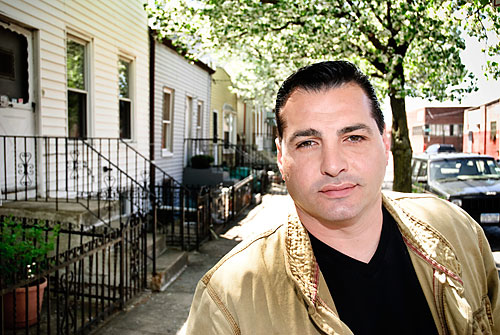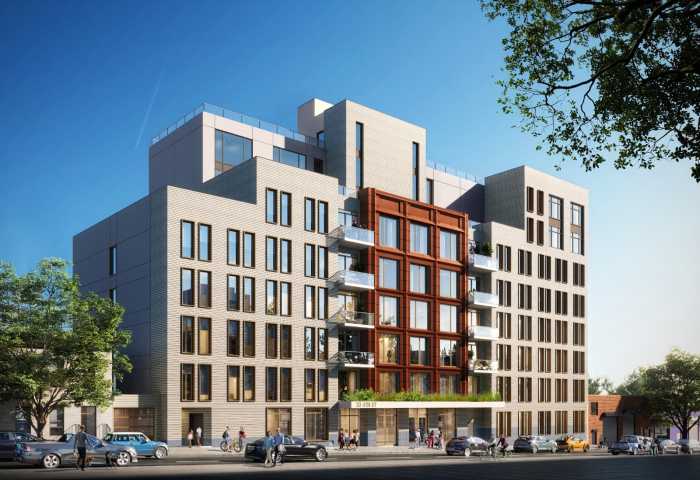A row of worn Red Hook cottages is on the road to restoration — but their path to architectural salvation might encounter a speed bump or two: the tenants currently occupying the homes.
Sea air mixed with neglect has stripped much of the luster from the homes, located on Conover Street between Coffey and Van Dyke streets, a quaint block that calls to mind that Red Hook was once a fishing village.
Developer Gino Vitale ultimately aims to sell the three cottages, two of which are occupied. But tenants fear that they will be kicked to the curb in favor of deeper-pocketed newcomers.
“Gentrification is picking up steam,” lamented a resident who wished not to be identified because of the tenuous nature of the living conditions there. “The suburbs are retaking the cities — white flight has reversed itself.”
But Vitale said that his tenants knew fully well what they were getting into. They have been paying below-market rent and received only one year-leases for the four years that they have lived in the cottages.
“They should be ecstatic that they’ve been there for four years paying close to nothing in rent,” Vitale said, adding that the tenants are “not starving artists.”
The landlord said tenants are on month-to-month leases, and have at least another year to live in the cottages.
“I’m a human being,” Vitale said. “It wouldn’t be fair to them to tell them they have two weeks to move.”
The debate over what should happen to the cottages is a microcosm of the larger, and seemingly endless, battle that is waged for the souls of many neighborhoods. Indeed, a real-estate company that is working with Vitale said that its goal is to see the cottages preserved, not lost.
Tina Fallon, a broker with Realty Collective, a Red Hook-based real estate company, said she came up with the idea for a design competition to restore the cottages in hopes of saving them so that they won’t be torn down to make room for a massive, out-of-scale development that would violate the neighborhood’s low-rise aesthetic.
“We are the people who want to save the neighborhood from an architectural monstrosity,” she said.





















